Foraging Find: This Common Plant Could Be Your New Kitchen Staple!
Often dismissed as a common weed, woundwort (Stachys palustris), also known as marsh woundwort or by its Irish name cabhsadán, holds a surprising range of potential benefits. This versatile native wild plant thrives in damp areas across Europe and Asia, and Ireland is no exception. Let’s delve into the world of woundwort, exploring its potential as a delicious food source and traditional herbal remedy.
Beyond its beauty as a vigorous Irish wildflower, woundwort boasts edible rhizome roots with a starchy, nutty flavour similar in taste to artichokes.
Identifying Your Marsh Marvel: Woundwort’s Key Features
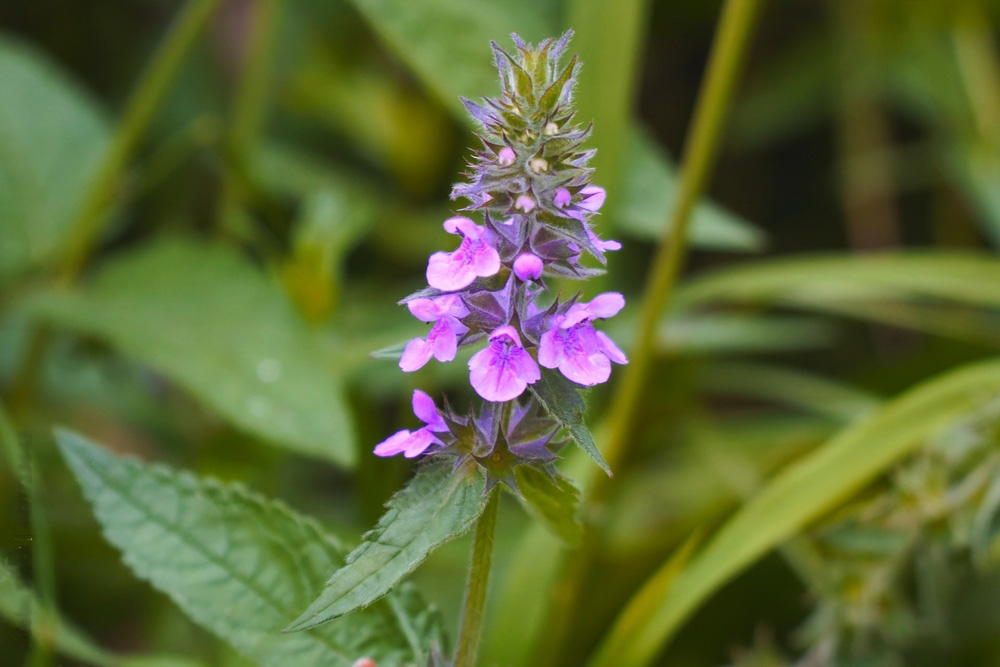
Before venturing out to find woundwort, it’s crucial to identify it correctly. Here are some key characteristics to look for:
- Square Stems: Woundwort’s stem is square-shaped, with a slightly hairy texture.
- Opposite Leaves: The leaves grow in opposite pairs along the stem, with serrated edges and a pointed tip.
- Whorled Flowers: Clusters of small, pink or purple flowers bloom in whorls around the upper part of the stem, typically from July to September.
- Moist Habitat: As the name suggests, woundwort thrives in damp areas like wet fields, marshes, ditches, and riverbanks.
A Hidden Culinary Gem, The Delicious Nutty Tubers of Woundwort
Beneath the unassuming exterior lies a delightful surprise: woundwort’s hidden treasure – its tubers. These underground gems are surprisingly delicious and can be enjoyed in a variety of ways:
- Boiled: Similar to asparagus or Jerusalem artichokes, boiled woundwort tubers offer a slightly nutty flavour and a satisfyingly crisp texture. Enjoy them simply tossed with butter and herbs, or add them to salads for a burst of freshness.
- Roasted: Roasting enhances the natural sweetness of the tubers, making them a perfect addition to a roasted vegetable medley. Toss them with olive oil, your favourite herbs, and other root vegetables like carrots and parsnips for a hearty and flavorful side dish.
- Mashed: For a creamy and comforting side dish, try mashing boiled woundwort tubers with butter or olive oil. You can even experiment with adding roasted garlic or a sprinkle of cheese for extra flavour.
A Word of Caution: Only consume the young, tender tubers for the best flavour and texture. As the plant matures, the tubers can become tough, woody and somewhat bitter in taste.
Beyond the Plate: Exploring Woundwort’s Versatility
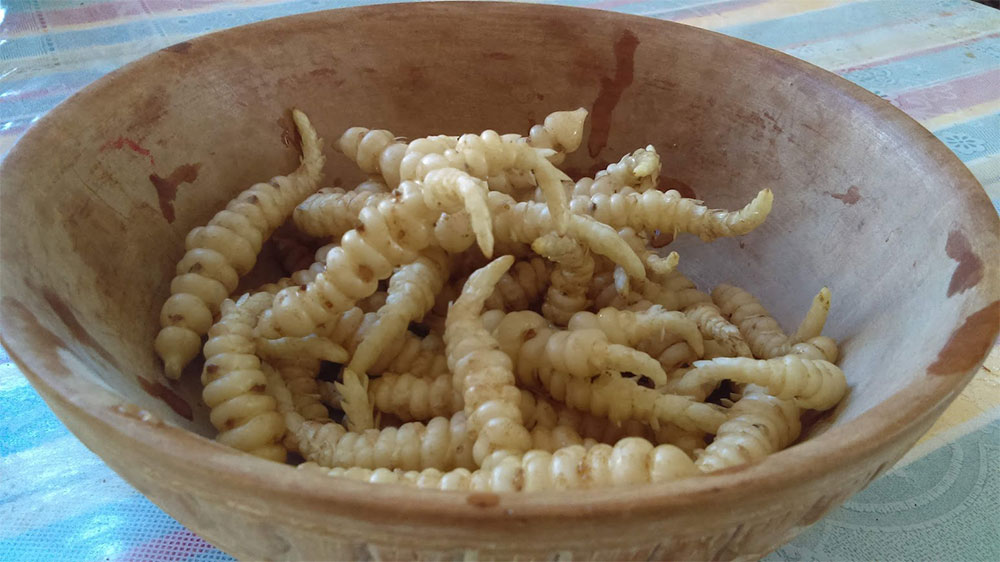
While the tubers are the culinary star of the show, woundwort offers another potential use in the kitchen:
- Dried and Ground: For a touch of wild flavour beyond the fresh season, the dried tubers can be ground into a powder and incorporated into bread dough, adding a subtle earthy note to your baked goods. Experiment with using a small percentage of woundwort flour alongside your regular wheat or rye flour to create unique and flavourful bread, crackers, or even pancakes.
Remember: When drying woundwort tubers, ensure proper hygiene and slice them thinly for faster drying. Choose a location with good air circulation and protect the drying tubers from direct sunlight.
Based on historical uses and some preliminary studies, woundwort is believed to contain:
- Vitamin A: Crucial for healthy vision and a strong immune system, Vitamin A plays a vital role in maintaining healthy skin and mucous membranes.
- Vitamin C: A powerful antioxidant, Vitamin C helps protect your cells from damage and supports overall health.
- Iron: Essential for transporting oxygen throughout the body, iron deficiency can lead to fatigue and weakness. Woundwort provides a potential plant-based source of this vital mineral.
- Calcium: Important for strong bones and teeth, calcium also plays a role in muscle function and nerve transmission.
- Potassium: Helping regulate blood pressure and muscle function, potassium is an important electrolyte for overall health.
Important Note: This nutritional information is based on limited research and traditional uses. It’s important to remember that the exact nutritional content of woundwort might vary depending on factors like soil conditions and the specific variety.
A Look Back in Time: Traditional Herbal Uses of Woundwort
Woundwort has a long history of use in traditional herbal medicine, although scientific evidence to support its efficacy is limited. Here are some potential applications based on Herbal folklore:
- Wound Healing: As the name suggests, woundwort has been traditionally used to promote wound healing due to its potential anti-inflammatory properties. While more research is needed, some historical accounts suggest topical application of woundwort poultices may have been used to soothe minor skin irritations.
- Digestive Aid: The presence of bitters in woundwort may help stimulate digestive juices and ease occasional digestive discomfort. A cup of woundwort tea, prepared by steeping the leaves in hot water, has been used traditionally as a digestive aid.
- Respiratory Support: Woundwort tea has been used traditionally to soothe coughs and colds due to its potential decongestant properties. It’s important to note that scientific evidence for this use is limited, and consulting a healthcare professional is always recommended for respiratory issues.
Disclaimer: It’s important to remember that these are traditional uses, and more research is needed to confirm the effectiveness of woundwort for any specific health condition. Always consult a herbalist professional before using woundwort medicinally.
Conclusion:
Woundwort, often overlooked as a common weed, is a plant with surprising potential. From its delicious and versatile tubers to its potential applications beyond the plate and traditional herbal uses, woundwort offers a window into the wonders of the natural world. So, the next time you’re exploring damp areas in Ireland, keep an eye out for this versatile plant. With a little knowledge and responsible harvesting practices, you can unlock the culinary delights of woundwort and add a touch of wild flavour to your meals. Remember, when foraging for any wild plant, proper identification is crucial. Enjoy your wild foraging!


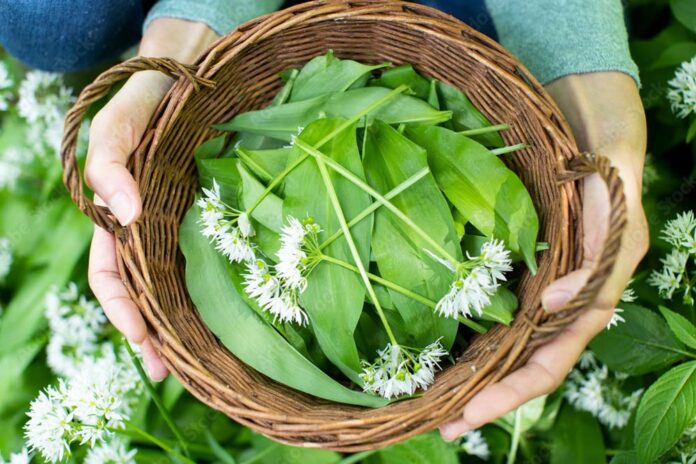
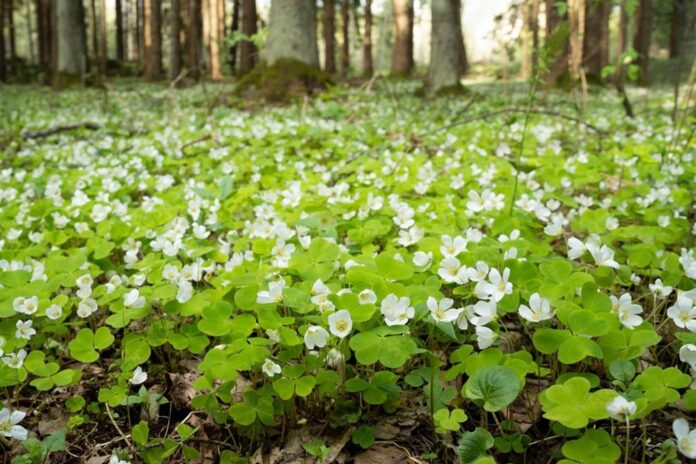

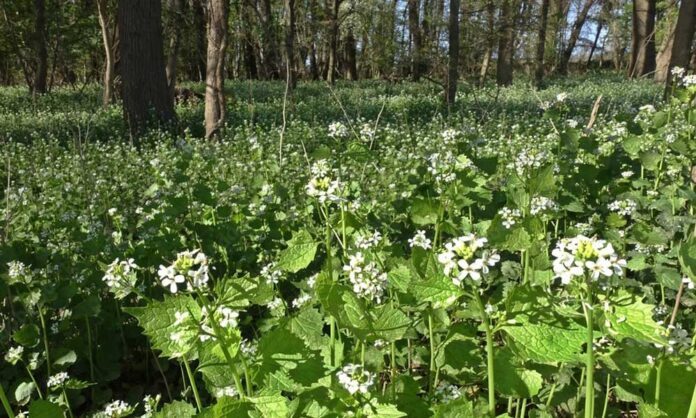

Great in soups, just roast the tubers a little first then chop up and add to your soup. Any type of soup works well, especially a vegetable casserole type one. Don’t bother with digging up older tubers, go for young ones for sure as they are less bitter and more tender.